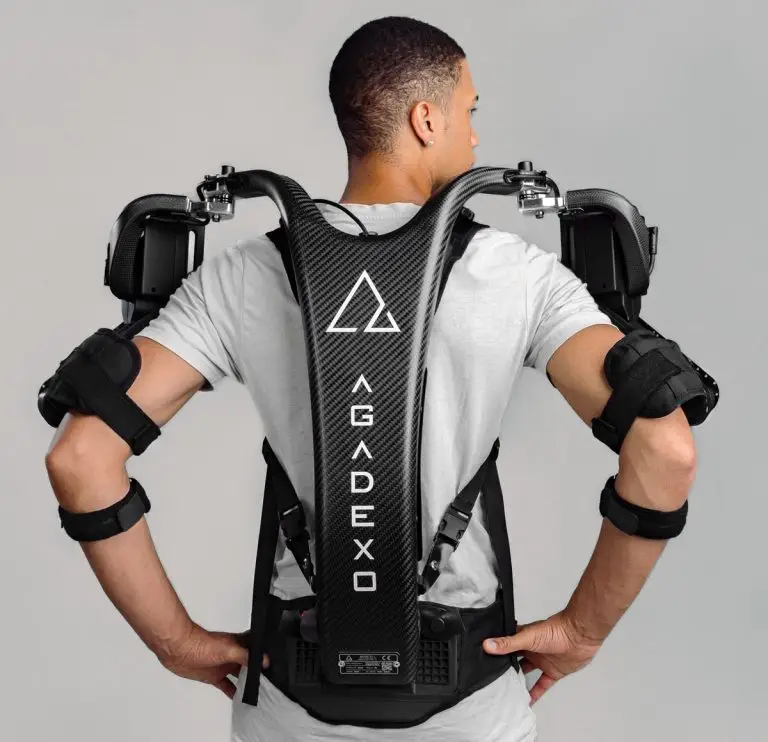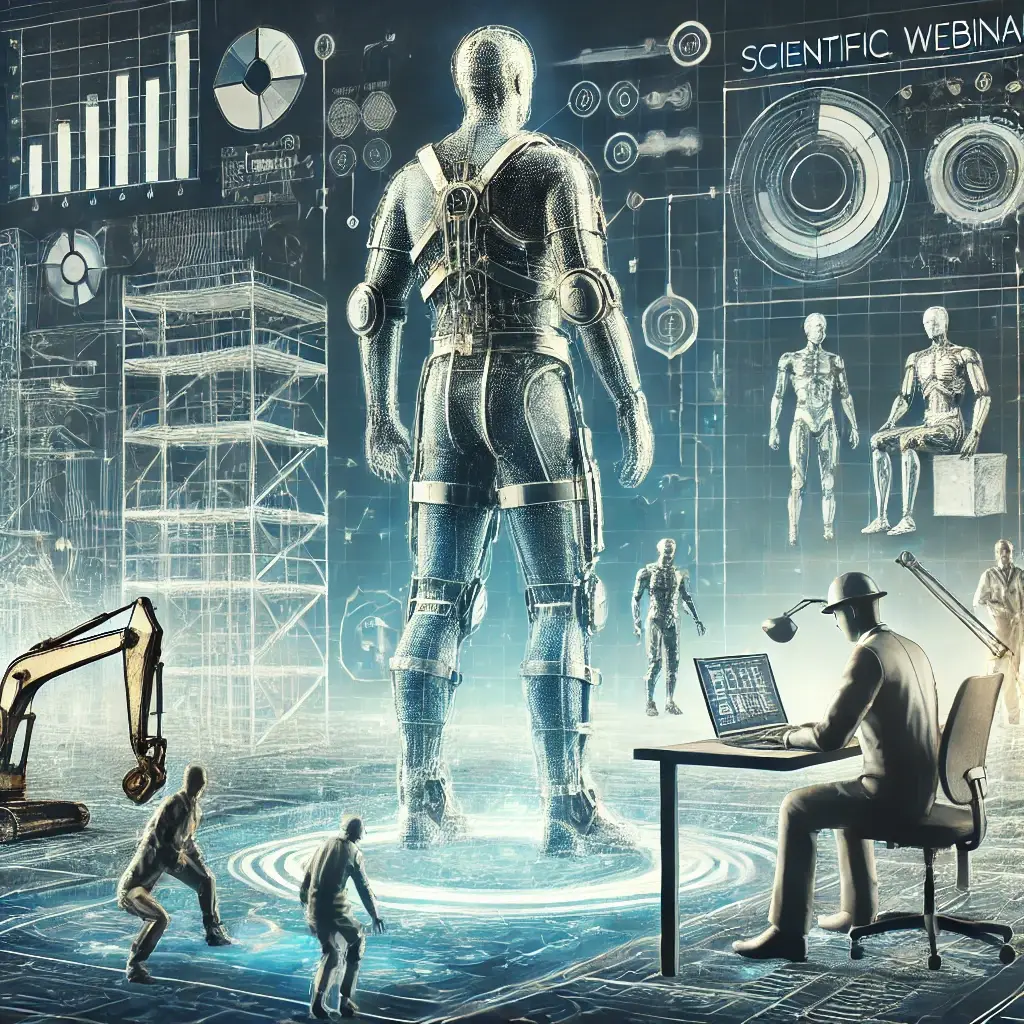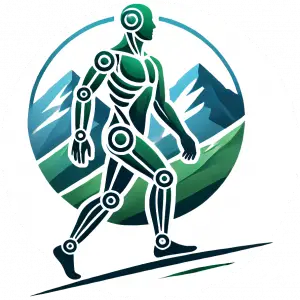Key Points and In-Depth Analysis of Exoskeleton Benefits from the Webinar: Application of Exoskeletons in Construction to Mitigate Heavy Workloads with Carrisa Harris PhD
1. Work-Related Musculoskeletal Disorders:
The webinar, addressed the prevalence of work-related musculoskeletal disorders (WMSDs), which account for over 600,000 injuries annually in the U.S. and contribute to about 34% of all lost workdays. Employers spend between $15 billion to $20 billion annually in direct compensation costs related to these injuries. The presentation highlighted that exoskeletons have the potential to mitigate these disorders by providing support to reduce muscle strain and alleviate fatigue in physically demanding tasks. However, the effectiveness of exoskeletons in directly reducing injury rates requires further field validation.
2. Application in Construction:
The webinar highlighted the potential of exoskeletons to improve working conditions in the construction industry. Construction work is known for high injury rates, particularly affecting the back and shoulders. Back injuries represent 43% of lost workdays, while shoulder injuries account for 16%. Exoskeletons, especially those designed for shoulder and back support, have been shown in studies to reduce muscle activity and alleviate strain during heavy lifting or repetitive overhead work. The webinar presented preliminary data suggesting that exoskeletons can help workers stay within safe physical limits by augmenting their capacity, which could potentially lead to fewer injuries, though further long-term studies are needed.
3. Economic Considerations:
The economic impact of musculoskeletal injuries is substantial, with indirect costs reaching $45 billion to $54 billion annually. The webinar discussed the potential of exoskeletons to reduce these costs by minimizing worker fatigue and increasing productivity. By potentially lowering compensation costs and reducing lost workdays, exoskeletons could lead to economic benefits for companies. However, the initial costs of exoskeleton adoption and implementation, especially for smaller businesses, remain a significant consideration.
4. Acceptance and Implementation Challenges:
The implementation of exoskeletons in construction is influenced by company size and worker demographics. Smaller companies, which represent the majority of construction businesses, often lack dedicated safety personnel, making fitting and training a challenge. Workers have also expressed concerns about exoskeleton usability, including comfort, durability, and safety issues such as snag risks and slips. Survey data from the webinar indicated that workers experiencing higher levels of fatigue showed more interest in adopting exoskeletons, suggesting that those with the most physically demanding tasks might benefit the most from these devices. However, acceptance remains mixed, and successful adoption will require addressing these practical challenges.
5. Field Study Insights:
The webinar discussed preliminary insights from field studies evaluating exoskeleton use. In the trials, 64% of participants reported reduced physical effort, 55% experienced less fatigue, and 58% noted decreased discomfort after using exoskeletons. Nearly half of the participants indicated that exoskeletons should be standard issue for their tasks. However, issues like fitting, maneuverability, and potential safety risks when using exoskeletons in confined or elevated spaces were identified. These findings suggest that while exoskeletons have potential benefits, careful consideration is needed for their practical application, and more refined guidelines and training protocols are necessary.
These insights provide a scientific understanding of how exoskeletons can transform physically demanding industries. The webinar highlighted the ergonomic, financial, and operational advantages of using exoskeletons, while also emphasizing the challenges and considerations that must be addressed for successful, widespread adoption.
Source: https://www.youtube.com/watch?v=9EuJmoCFf6Q&t=2713s
Related Posts

How the Agadexo Exoskeleton Redefines Workplace Efficiency
The Agadexo Exoskeleton is a game-changer in workplaces like manufacturing, logistics, and assembly lines. Its semi-active design reduces the physical load on the shoulders and upper back by up to 40%, as validated by studies performed under EAWS® certification guidelines. But what sets Agadexo apart?



